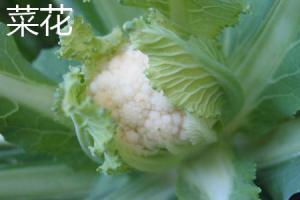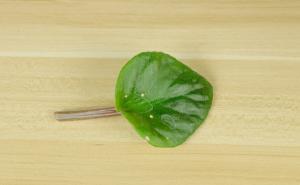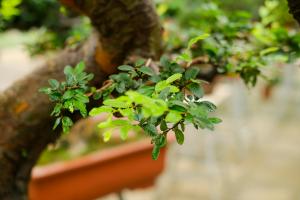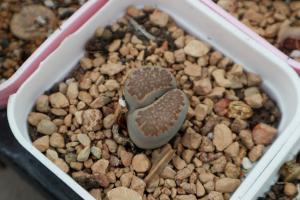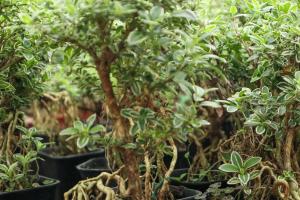How to Cultivate Sugarcane: A Comprehensive Guide
Sugarcane is a popular crop that has been cultivated and used for various purposes for centuries. It is a versatile plant used in making sugar, rum, and other biofuels. Sugarcane can be planted in most tropical and subtropical regions worldwide, and it is relatively easy to grow. In this article, we will guide you on how to cultivate sugarcane using modern and traditional techniques.
Preparation of Land
The first step is to prepare your land. You should plow your land and remove any debris, rocks, or weeds that may hinder the growth and development of your sugarcane. You can also add manure or compost to enrich the soil's fertility, which can promote healthy growth. You should also ensure that the soil is well-drained to prevent waterlogging, which can lead to root rot.
Planting Sugarcane
After preparation of land, you should then choose high-quality sugarcane seedlings or cuttings from reputable sources. You can divide the sugarcane stalks into pieces of 2-3 nodes each or purchase the plant from a nursery. You can plant the seedlings/cuttings in rows or beds, ensuring that you leave adequate spacing of 2-3 feet between each plant. Sugarcane prefers full sun; therefore, ensure your bed is placed in an area with plenty of sunlight.
Irrigating and Fertilizing Sugarcane
Sugarcane is a water-loving crop, and it requires regular watering, especially during its early growth stages. You can use drip irrigation, which is more efficient than overhead watering and conserves water. You should water the sugarcane two to three times a week, depending on the weather conditions. You also have to use high-quality fertilizers that promote healthy growth. You can use nitrogen or potassium-based fertilizers to encourage healthy growth, leaf production, and stalk diameter.
Weed Control
Weeds are one of the major problems farmers face when cultivating sugarcane. Weeds can compete with your crop for nutrients, sunlight, and damage the sugarcane roots. You can control weeds using traditional weeding methods such as manual weeding or hoeing. Alternatively, you can use herbicides, but you should follow the manufacturer's instructions while applying them.
Pest and Disease Control
Sugarcane is susceptible to pests and diseases, and they can cause significant damage to your crop. You can control pests by regularly scouting for infestations and using insecticides or biocontrol agents such as ladybugs, lacewings, or parasitic wasps. Sugarcane diseases such as rust, smut, and mosaic can cause yellowing, wilting, and browning of your crop. You can control these diseases by planting disease-resistant varieties, ensuring proper drainage, and removing infected plants.
Harvesting and Storage
You can harvest your sugarcane when the stalks are fully grown, and the leaves start to turn yellow. You can use a machete or large knife to cut the sugarcane stalks close to the ground. After harvesting, you should remove the leaves and store the sugarcane in a cool, dry place to prevent rotting. Sugarcane can be stored for up to five days.
In conclusion, cultivating sugarcane requires proper land preparation, irrigation, fertilization, and disease/pest control. The crop can be grown using modern or traditional methods, and it can produce high yields if properly cared for. With the above guide, you can start cultivating your sugarcane crop and enjoy the sweet rewards that come with it.

 how many times do yo...
how many times do yo... how many planted tre...
how many planted tre... how many pine trees ...
how many pine trees ... how many pecan trees...
how many pecan trees... how many plants comp...
how many plants comp... how many plants can ...
how many plants can ... how many plants and ...
how many plants and ... how many pepper plan...
how many pepper plan...